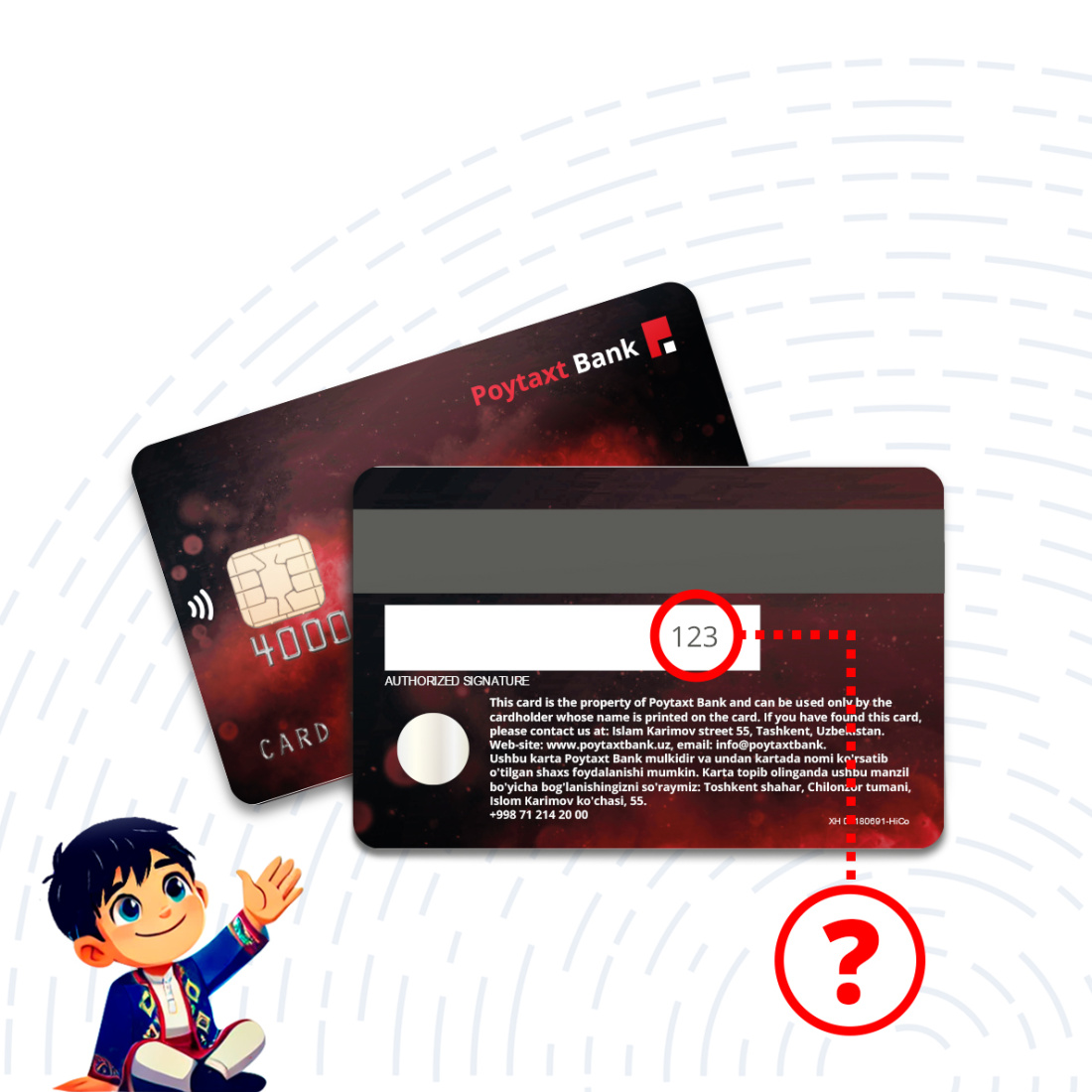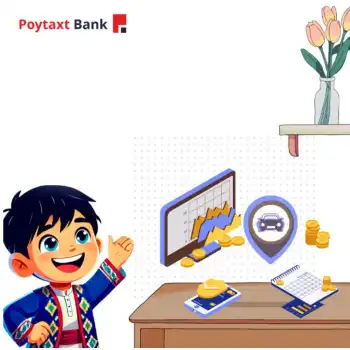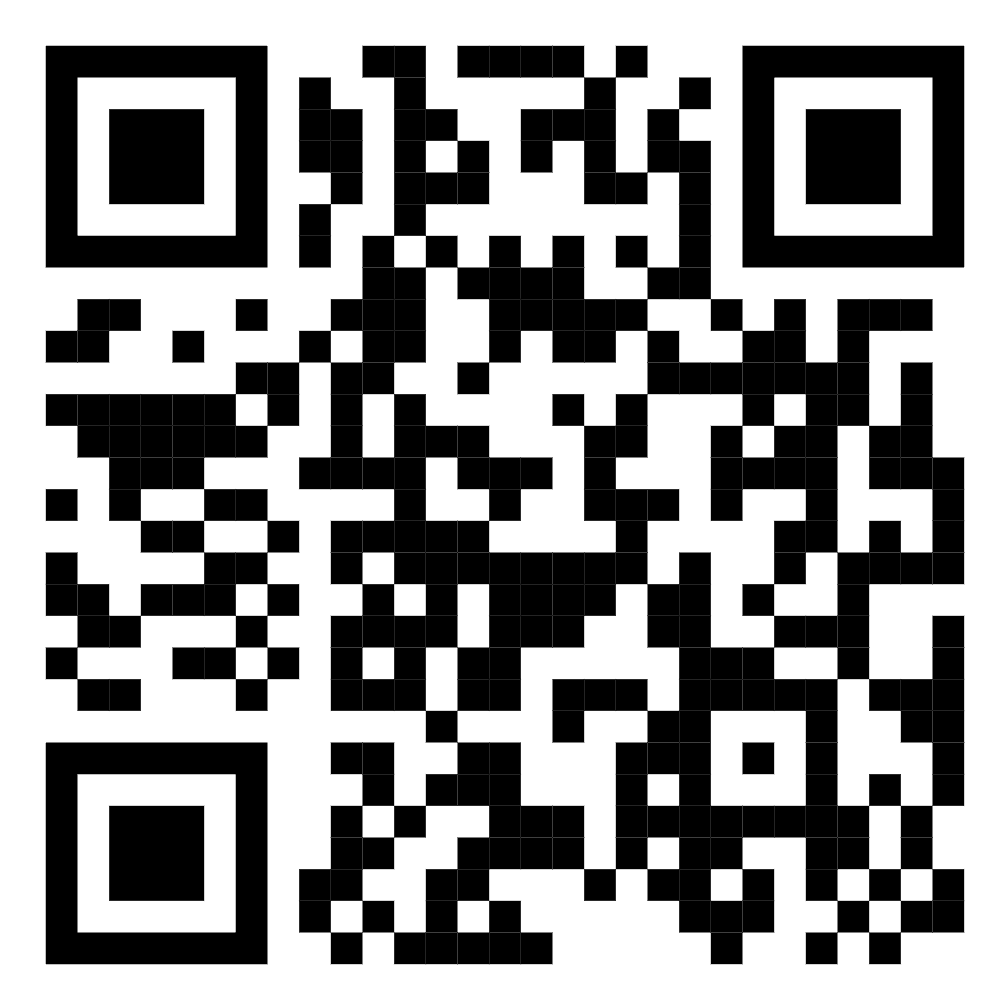
When making online purchases or other payment transactions, many people encounter the requirement to enter a CVC or CVV code. But what is this code, and how does it work?
CVV (Card Verification Value) and CVC (Card Verification Code) are three-digit security codes located on the back of your bank card. When you cannot physically insert the card into a terminal or use a POS machine, these codes help verify the authenticity of remote transactions. The CVV/CVC code plays a crucial role in security and helps prevent fraud.
You cannot complete the following transactions without entering a CVV/CVC code:
• Making online purchases;
• Subscribing to services and making payments;
• Confirming online transactions.
Important! Follow these security rules:
• Never share your CVC/CVV code with anyone, not even bank employees;
• Do not enter your code on suspicious websites. Always check the website address and ensure it has a secure connection (https://);
• Do not save your card details on untrusted websites. The safest approach is to enter your details manually for each purchase;
• Disable the auto-save feature for cards in browsers. This reduces the risk of your data being stolen if your device is compromised;
• Never share your CVV/CVC code via phone or messaging apps. If someone asks for this information, they are likely a scammer.




















